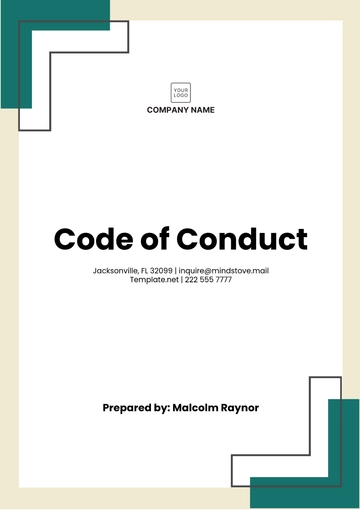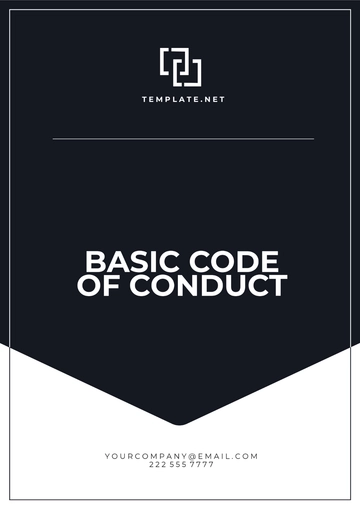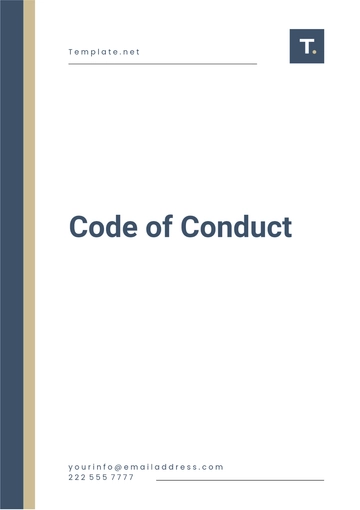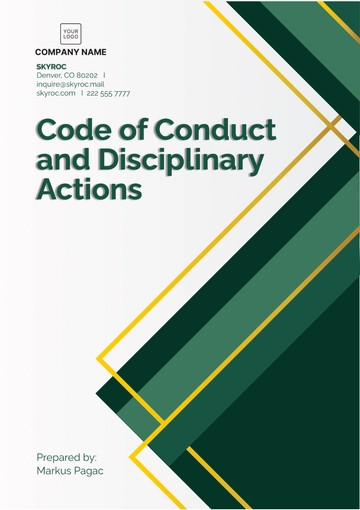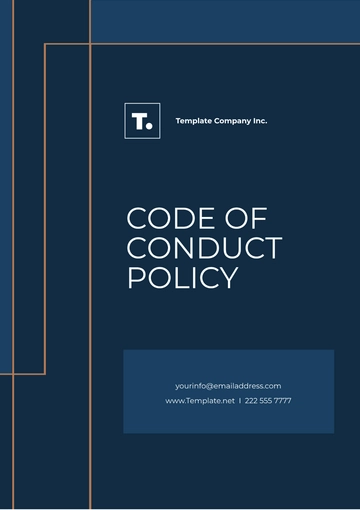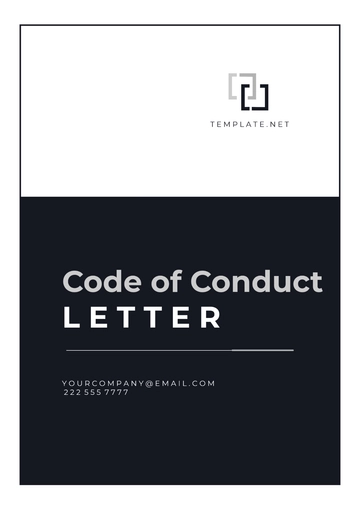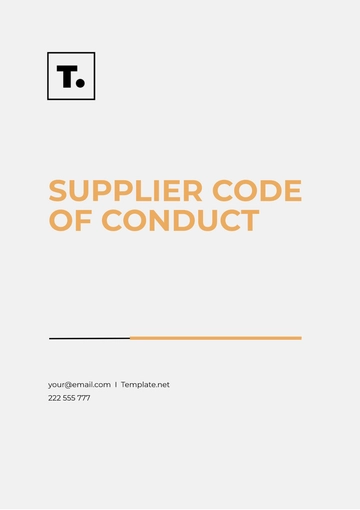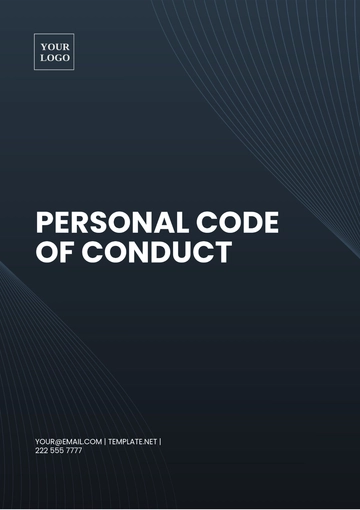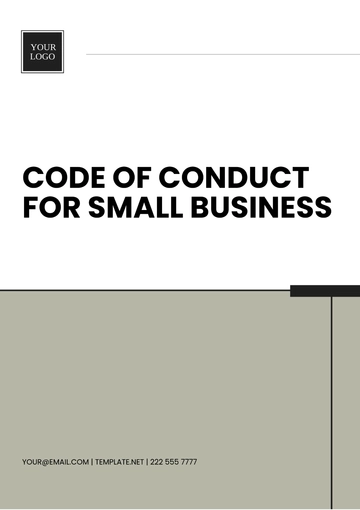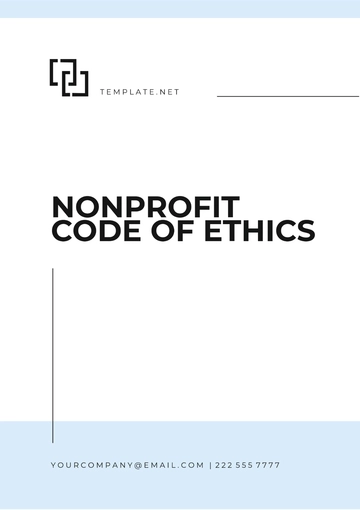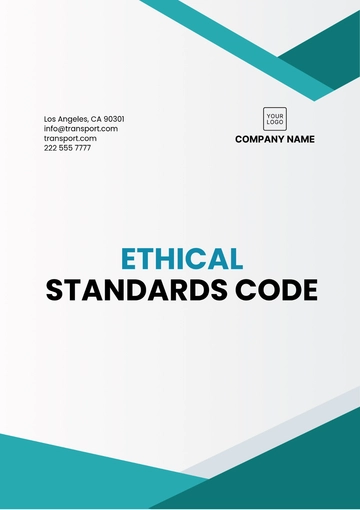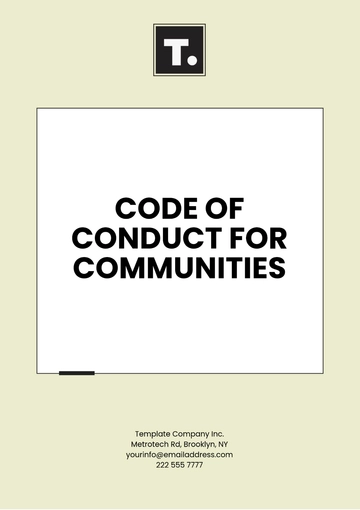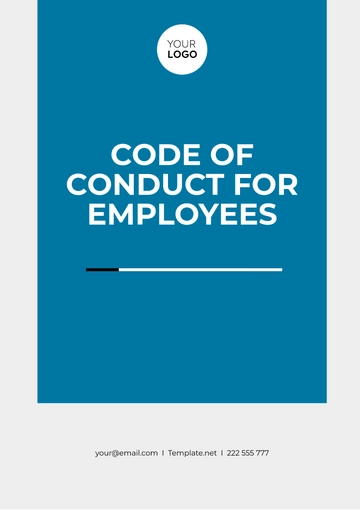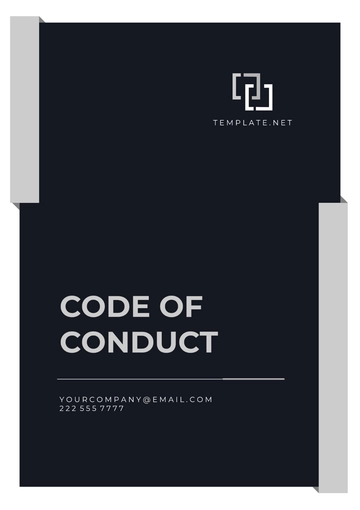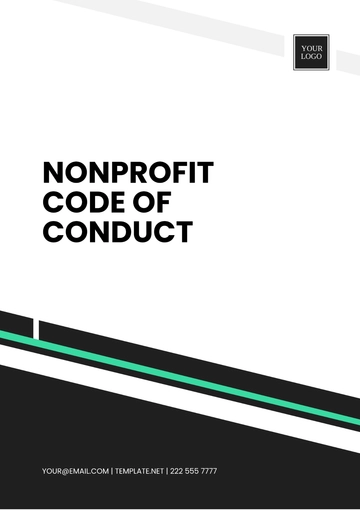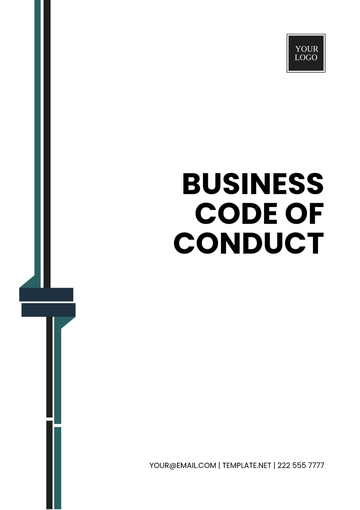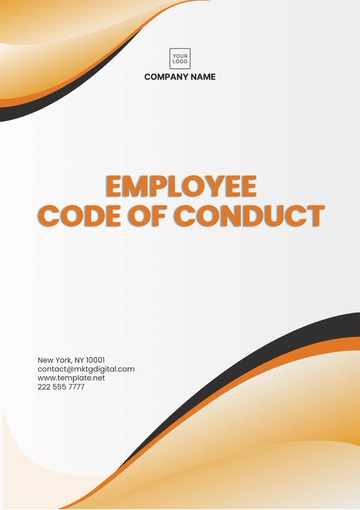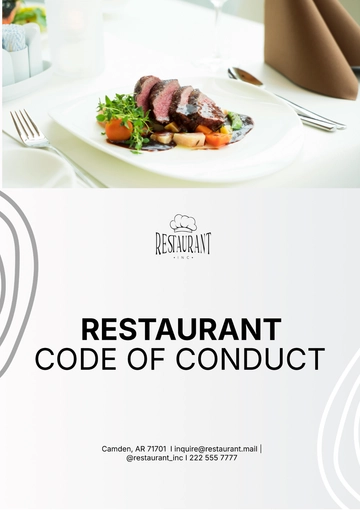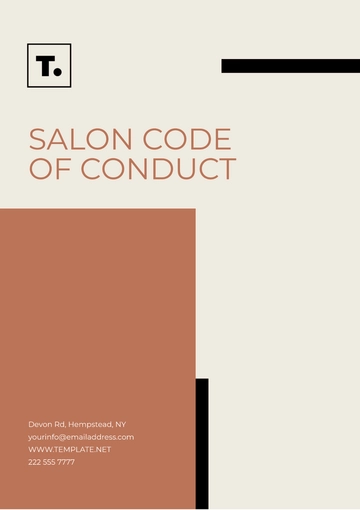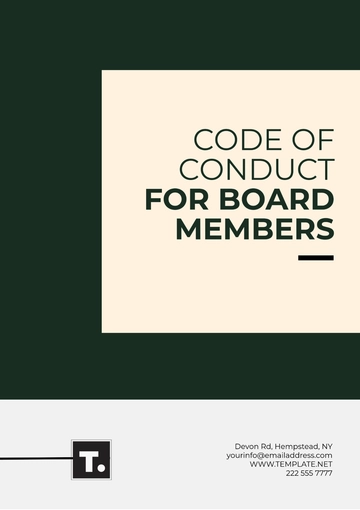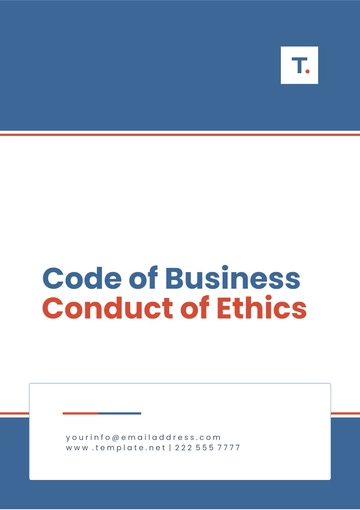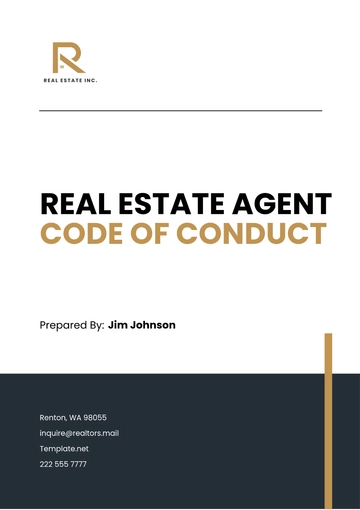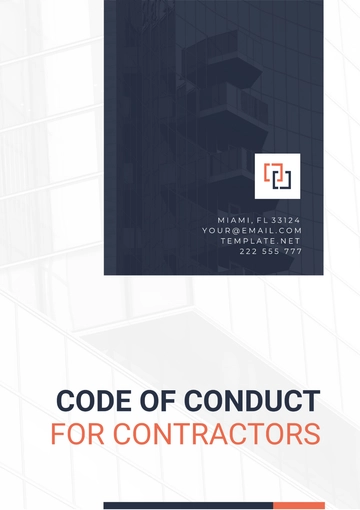Child Protection Code of Conduct
I. Introduction
The [Your Organization Name] Child Protection Code of Conduct mandates strict guidelines to safeguard children, ensuring their safety, well-being, and protection. Everyone affiliated with [Your Organization Name], including employees, volunteers, and contractors, must adhere to this code, which includes measures to prevent abuse, recognize warning signs, and secure prompt incident reporting. This commitment reinforces our collective duty to foster a safe and nurturing environment for all children within our care.
II. General Conduct Guidelines
Respect for Boundaries: Always maintain appropriate physical, emotional, and digital boundaries with children. Avoid engaging in activities or conversations that could be misconstrued or make children uncomfortable.
Professionalism: Professionally conduct yourself at all times when interacting with children. Use respectful language and refrain from using inappropriate or derogatory remarks.
Confidentiality: Protect the privacy and confidentiality of children's information. Only share information on a need-to-know basis and follow [Your Organization]'s privacy policies.
Use of Authority: Use your authority responsibly and avoid exerting undue influence or pressure on children. Respect their autonomy and encourage open communication.
III. Safety Protocols
3.1 Supervision
Adhere to the specific supervision ratios and follow the guidelines that have been outlined by [Your Organization Name] to ensure compliance and safety.
It is important to immediately identify and take action on any concerns related to safety or potential hazards to avoid the occurrence of accidents or prevent any injuries.
3.2 Physical Contact
IV. Reporting Procedures
Incident Reporting: Immediately report any suspected cases of abuse, neglect, or inappropriate behavior involving children to the designated authorities within [Your Organization Name].
Documentation: Maintain accurate and detailed records of incidents, concerns, and actions taken in response to child protection issues. Document any observations or disclosures made by children.
Confidentiality: Manage and conduct all reports and investigations ensuring the highest level of confidentiality is maintained, to safeguard and preserve the privacy rights of the individuals involved.
V. Training and Compliance
Training: Ensure that you fulfill the requirement to undertake comprehensive training that covers child protection policies, procedures, and all pertinent laws and regulations. This training will be provided and must be completed as mandated by [Your Organization Name].
Compliance: Ensure that you fully comply with all the child protection policies, procedures, and legal stipulations that are outlined in this code, as well as all other related documents.
VI. Code of Conduct Review and Updates
Updates: It is important to undertake necessary updates and revisions to ensure compliance with any changes in laws, regulations, or organizational practices that pertain to the protection of children.
VII. Child-Focused Interactions
Positive Reinforcement: Promote and foster positive behavior and healthy interactions among children by consistently offering praise, providing encouragement, and delivering constructive feedback to guide their development and enhance their interpersonal skills.
VIII. Community Engagement and Partnerships
Community Outreach: Engage with parents, caregivers, and the broader community to raise awareness about child protection issues and promote collaborative efforts in safeguarding children.
Partnerships: Collaborate with relevant agencies, organizations, and stakeholders to share resources, best practices, and support networks for child protection initiatives.
Code of Conduct Templates @ Template.net

